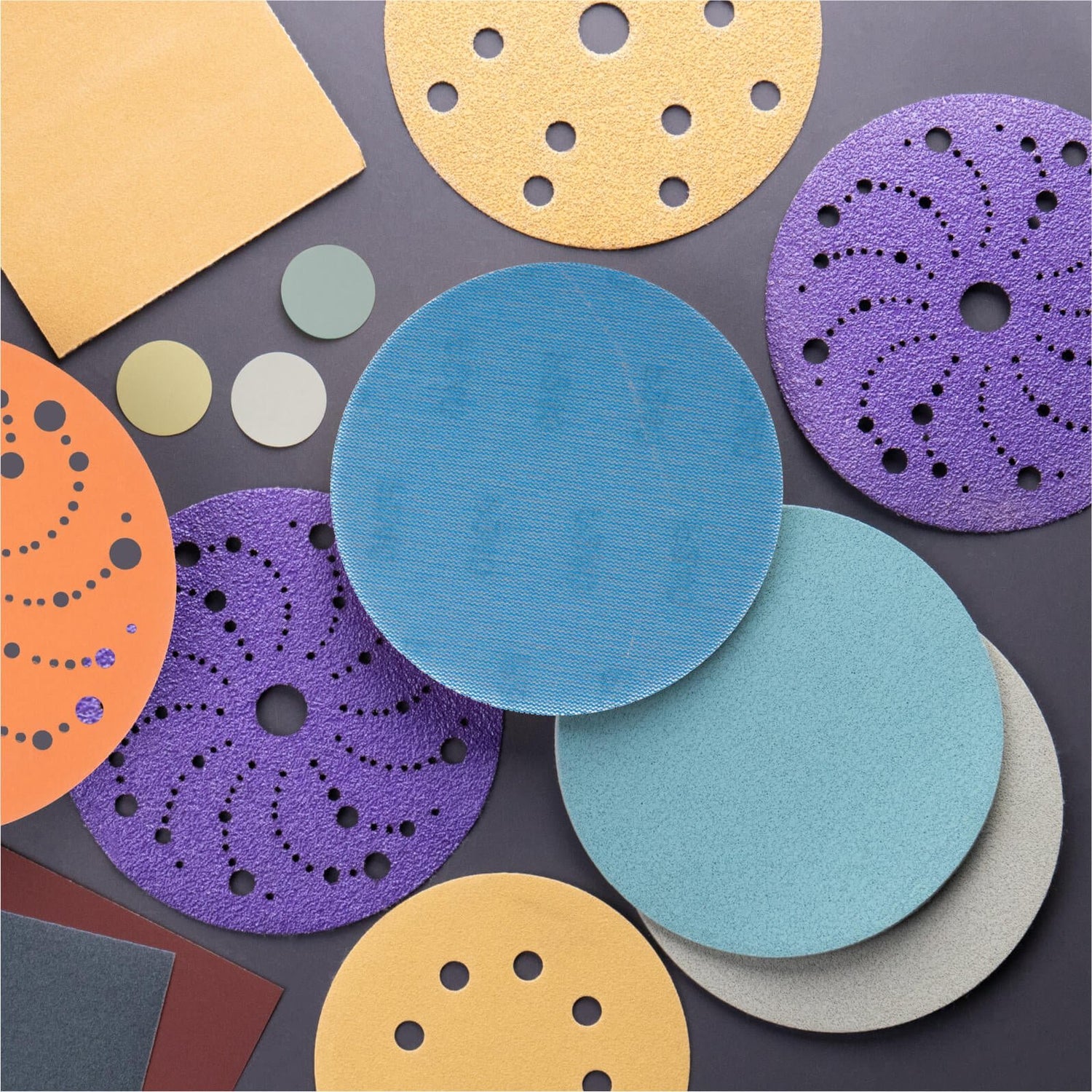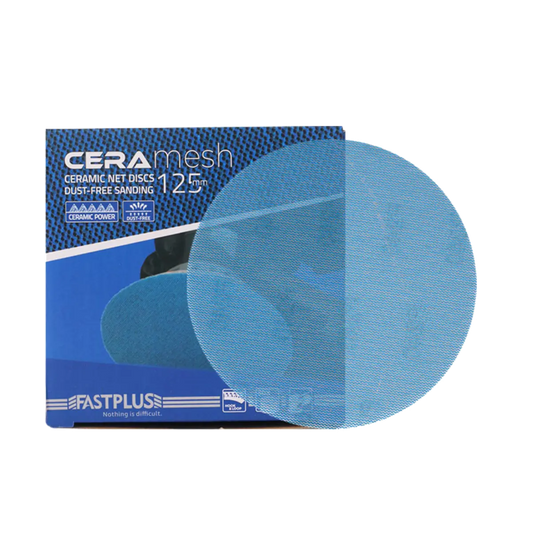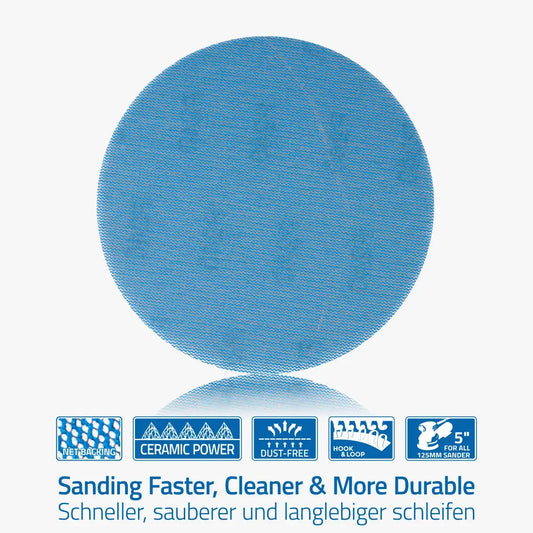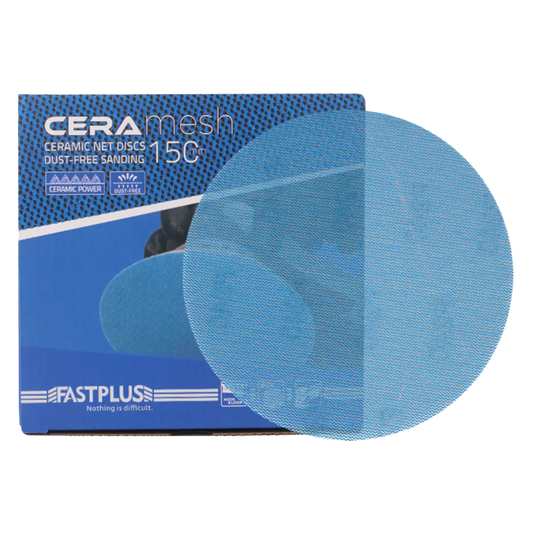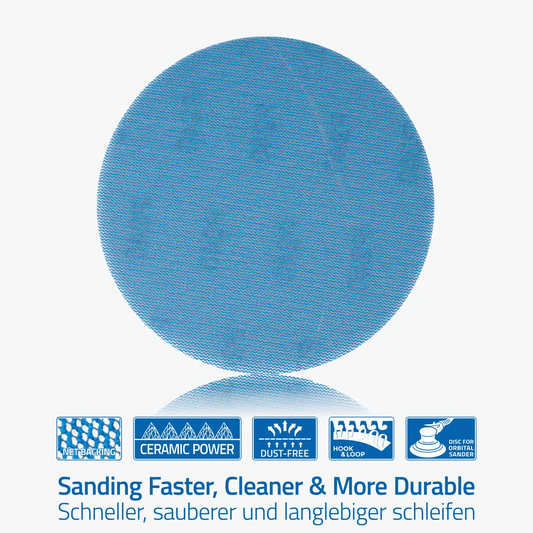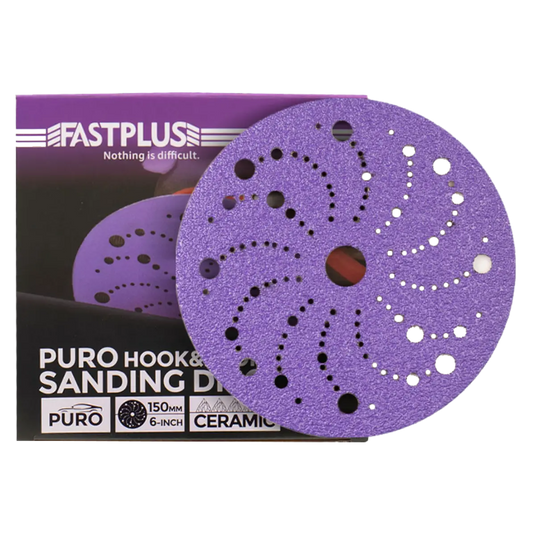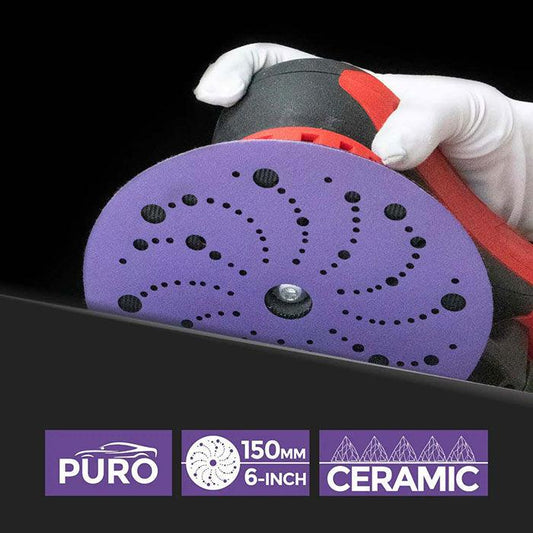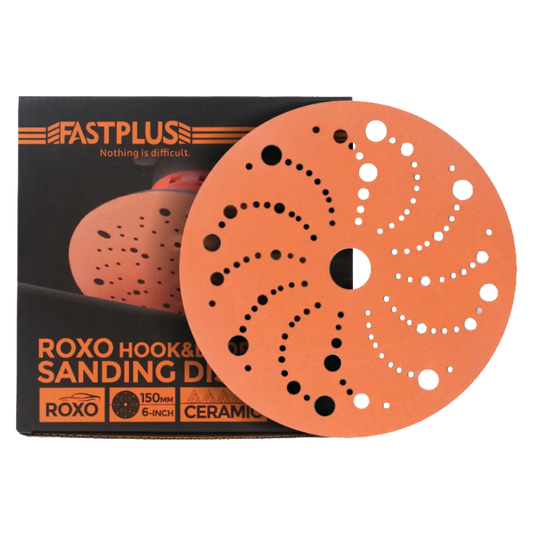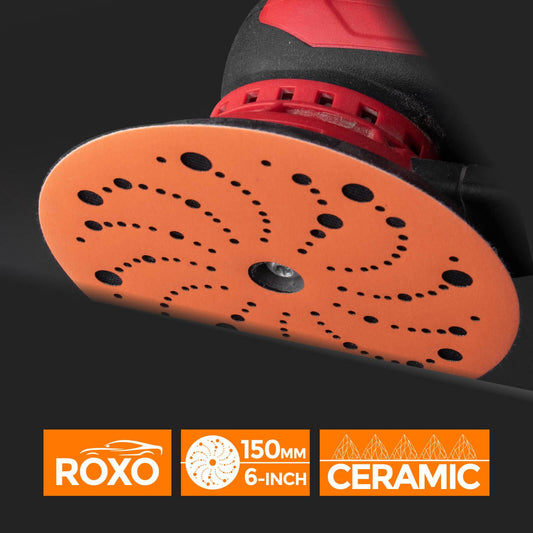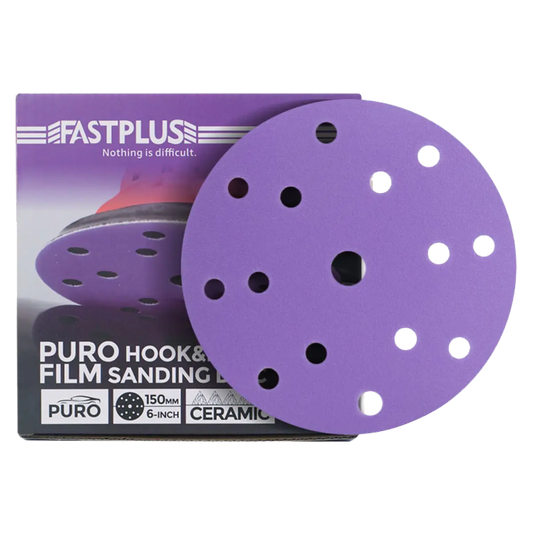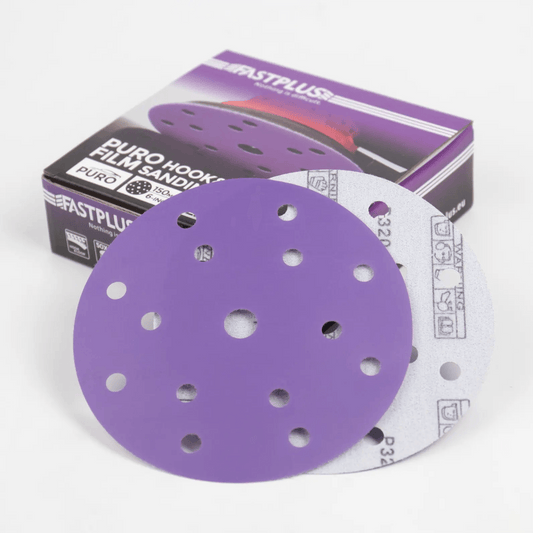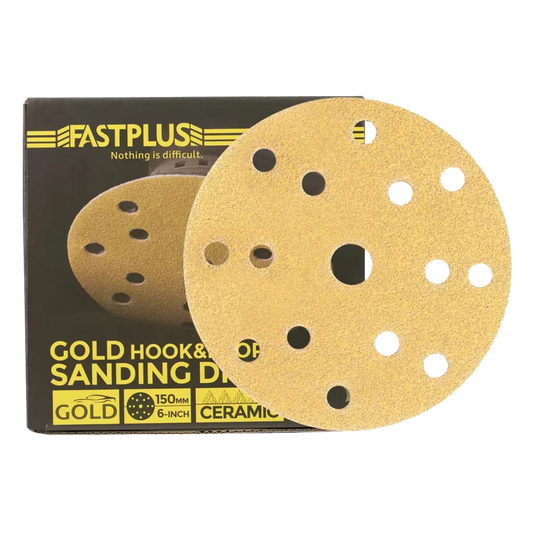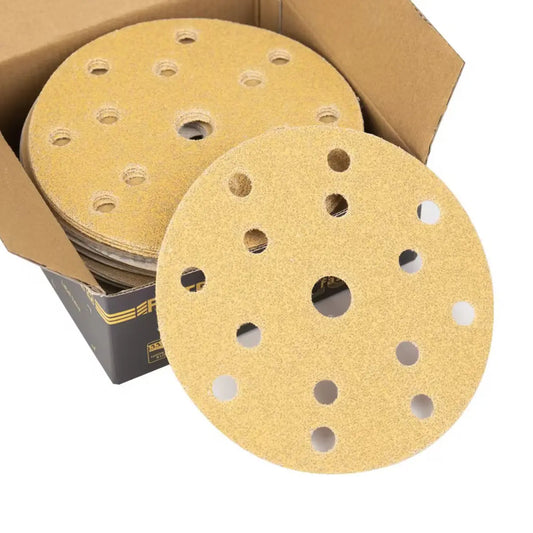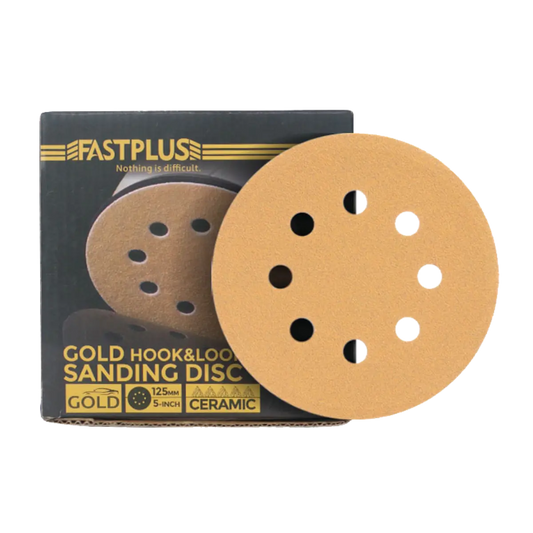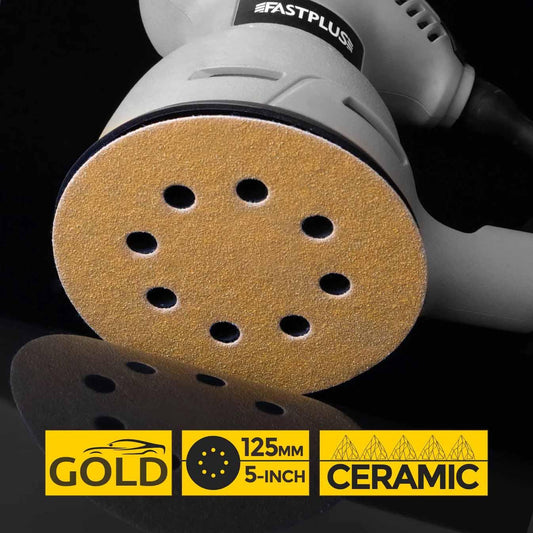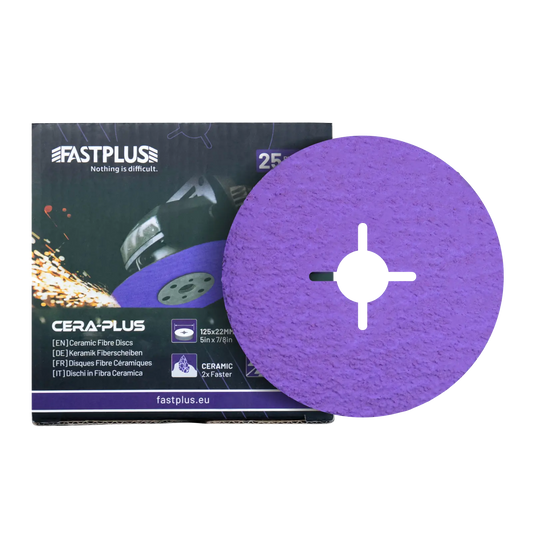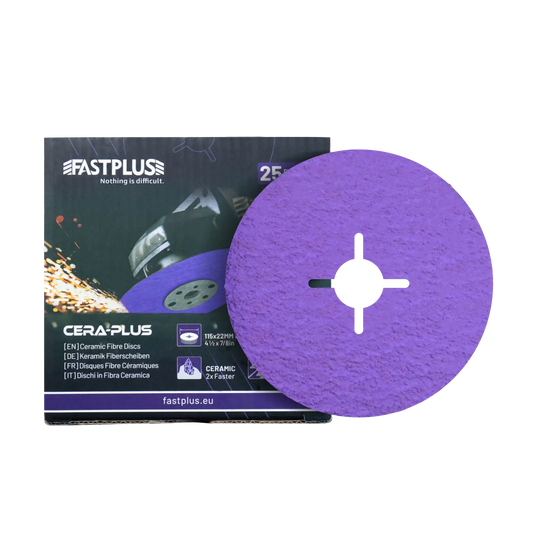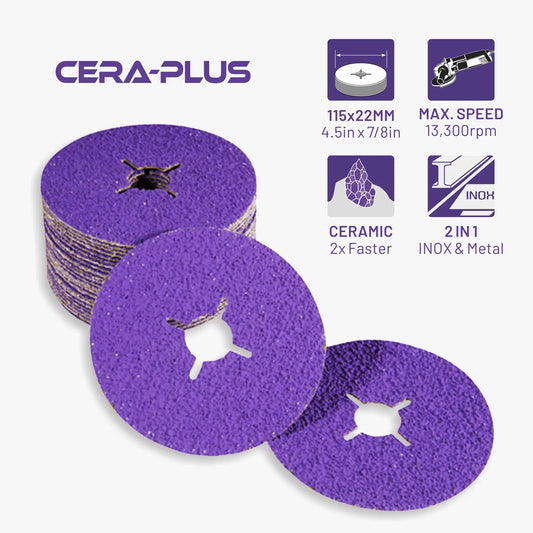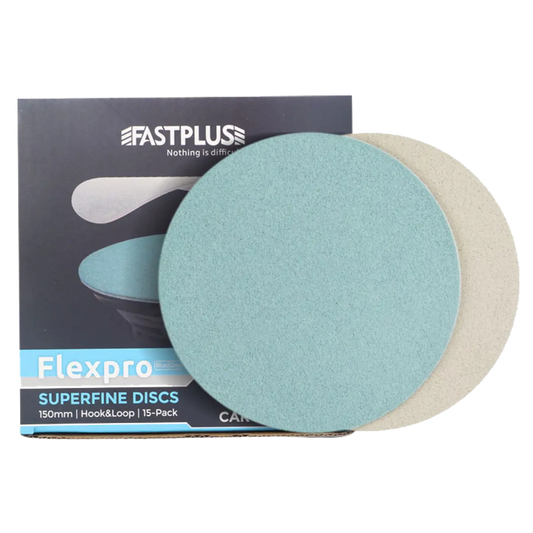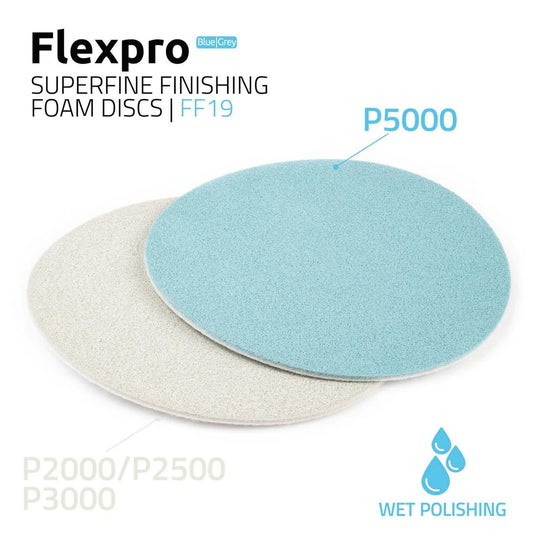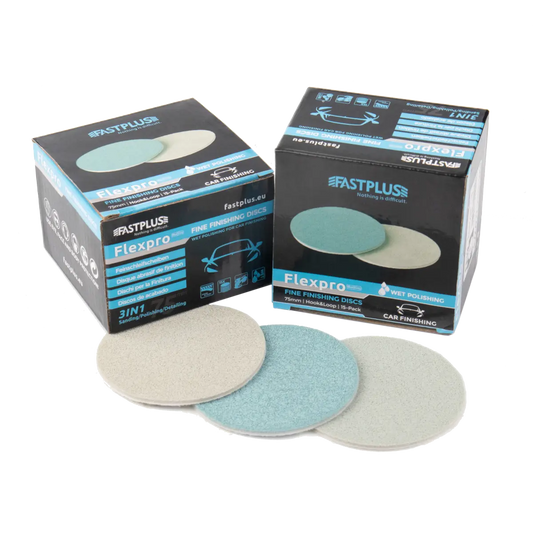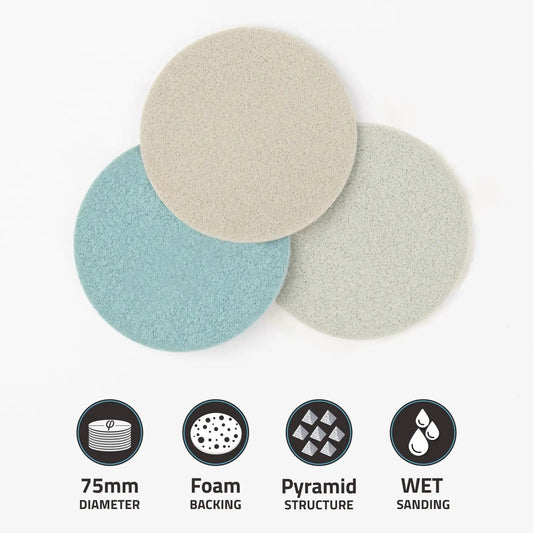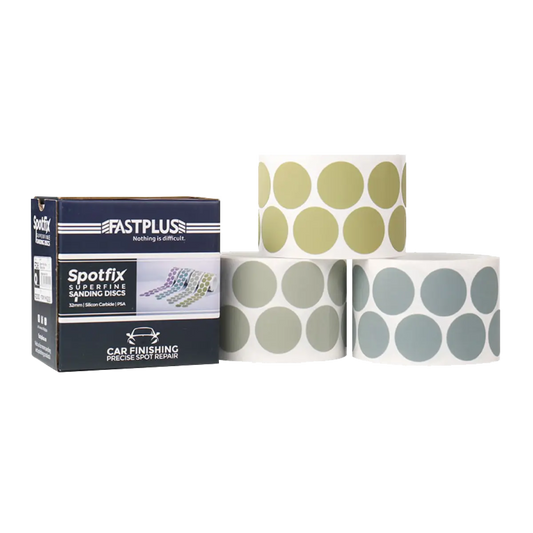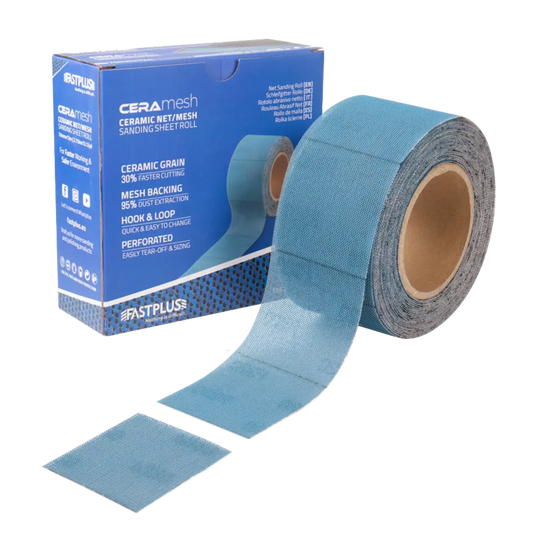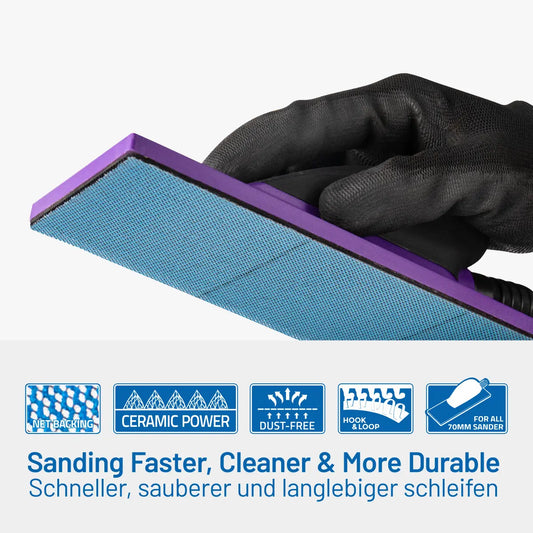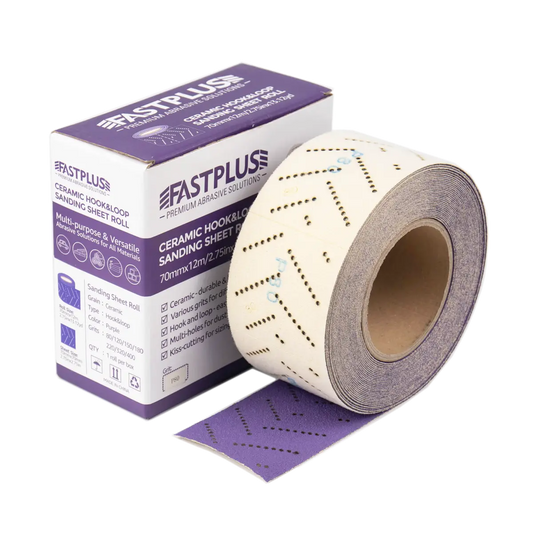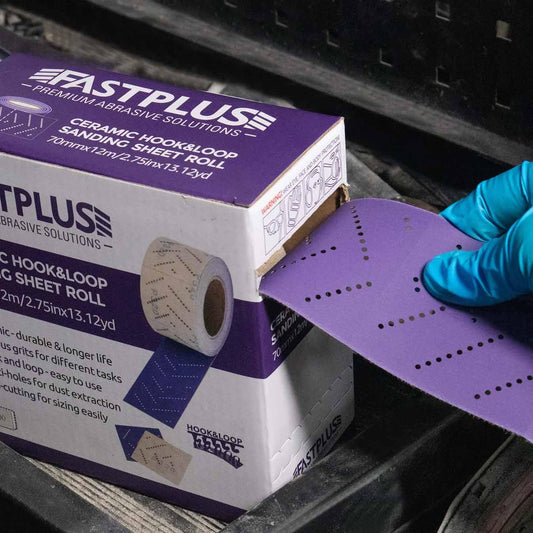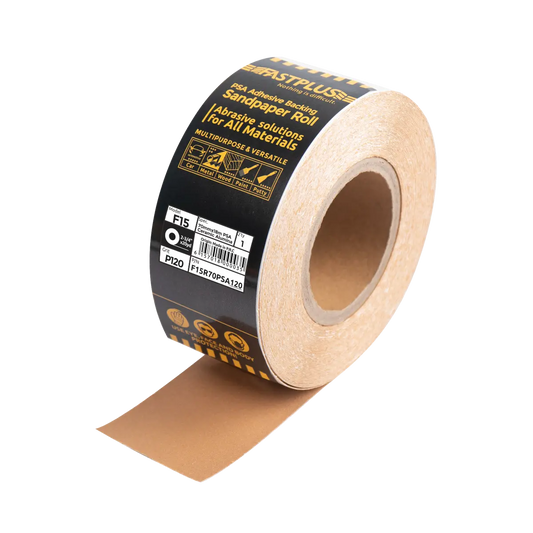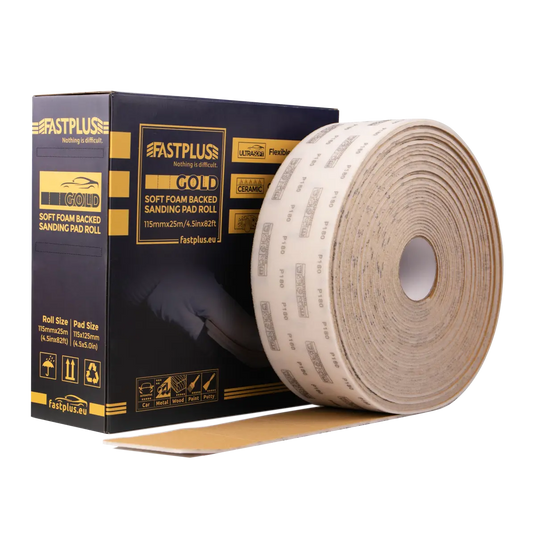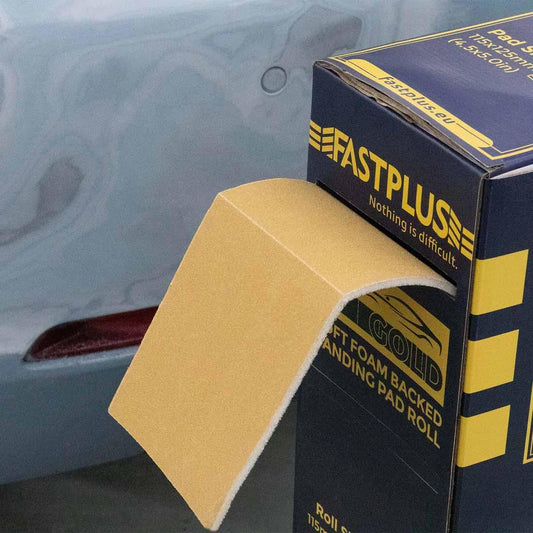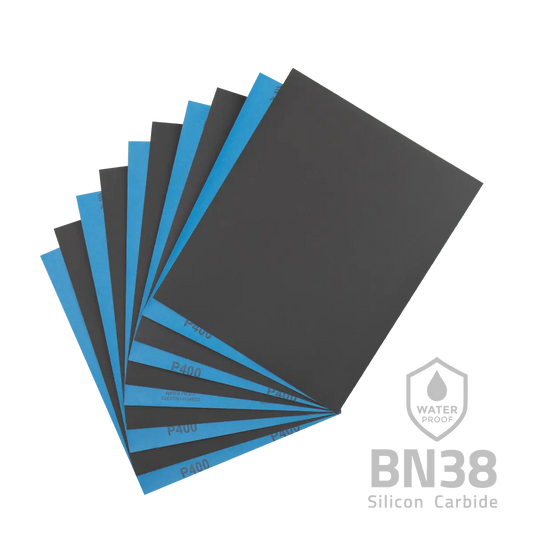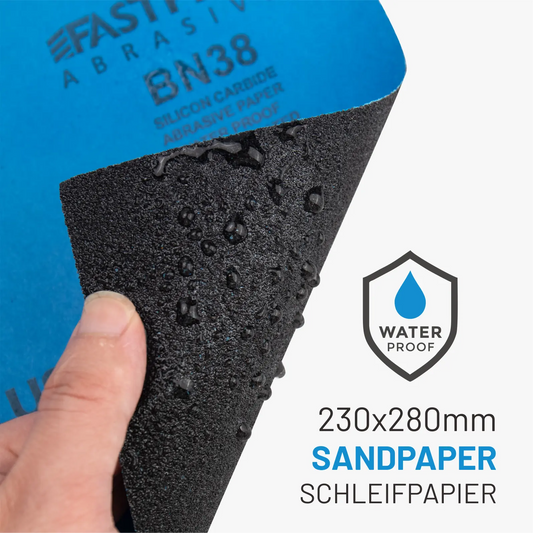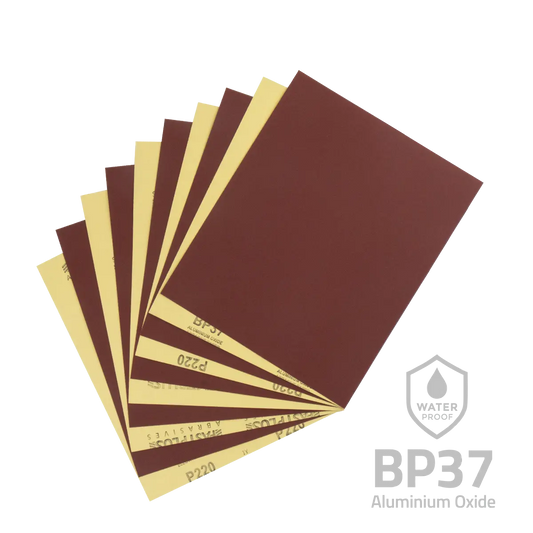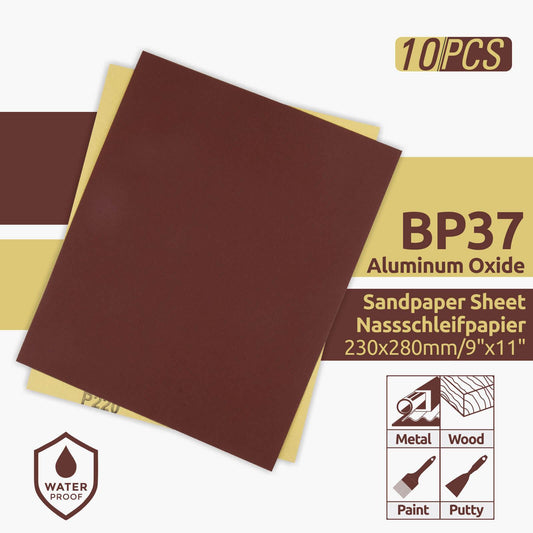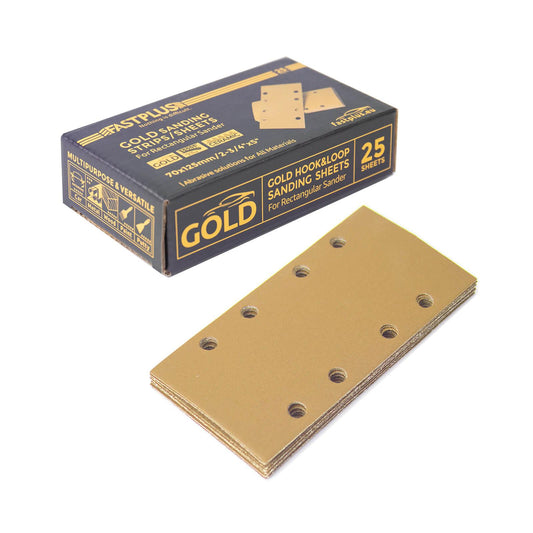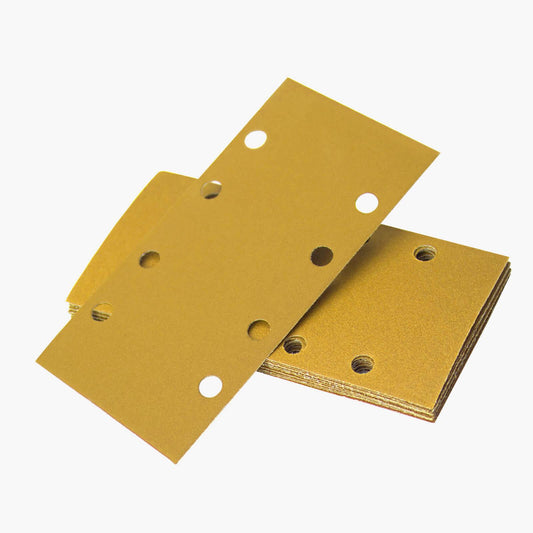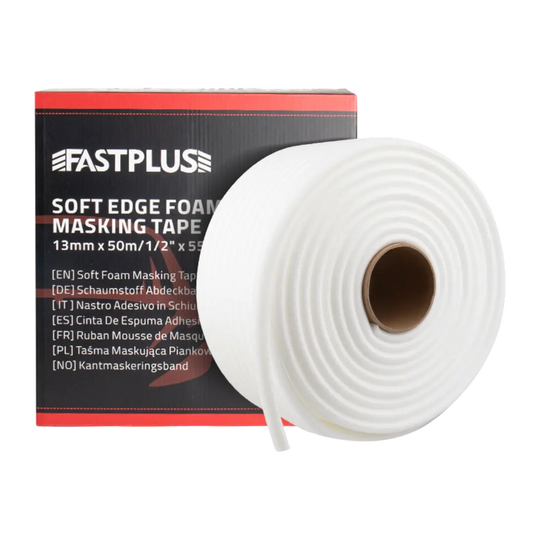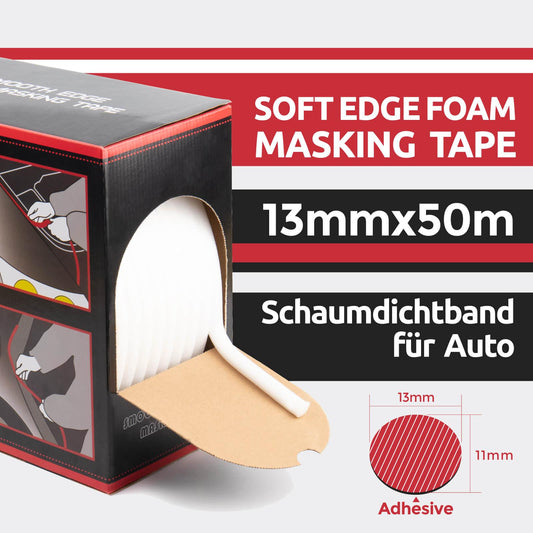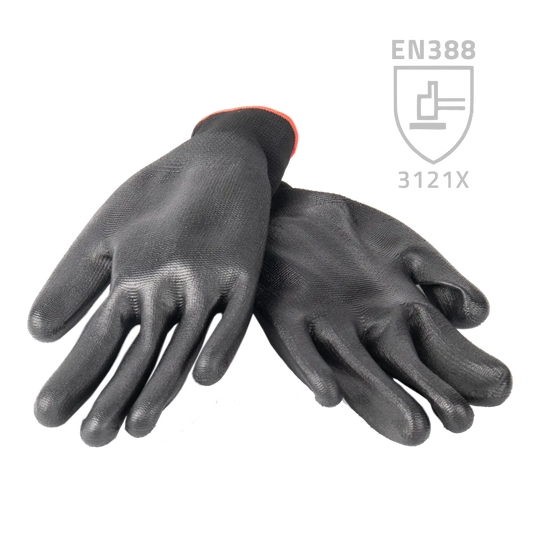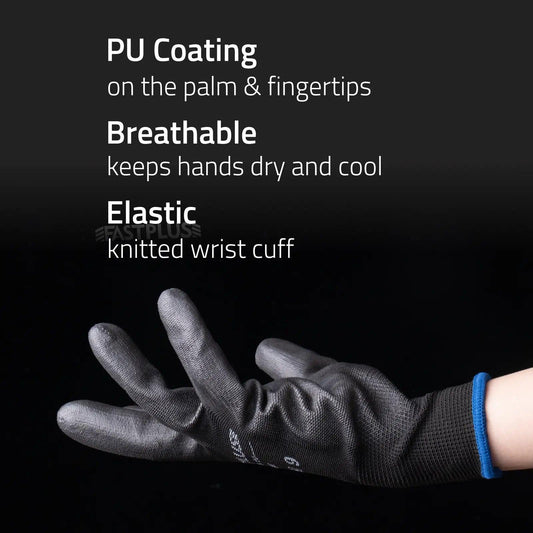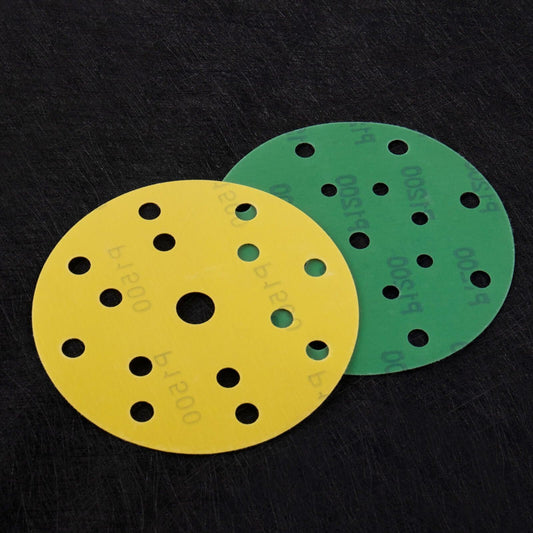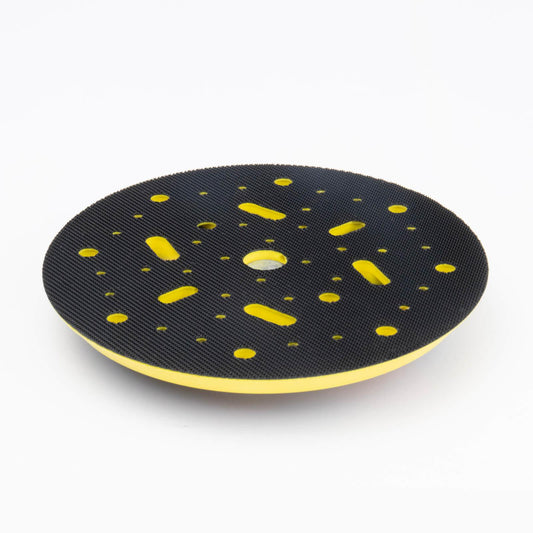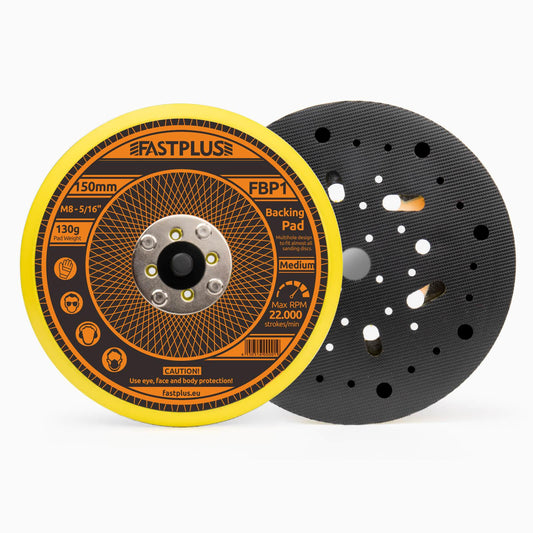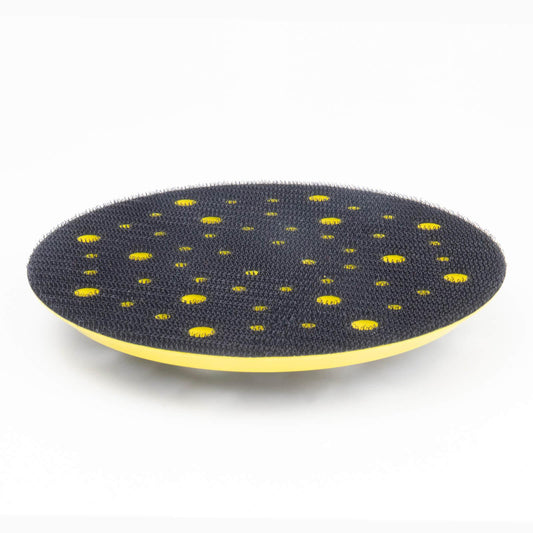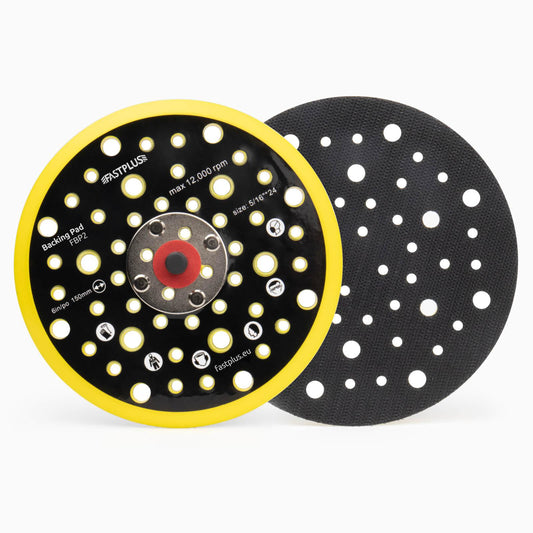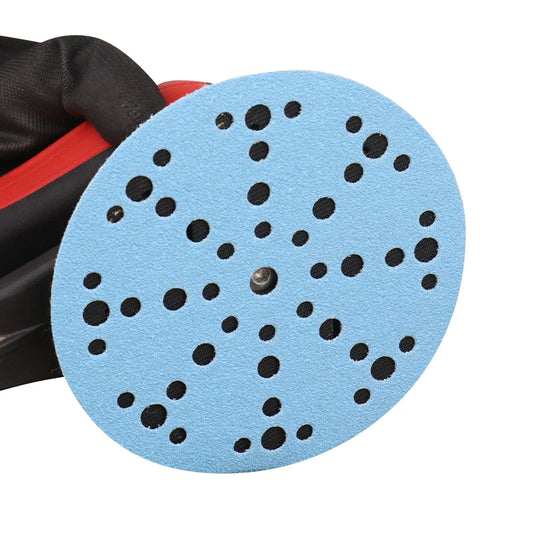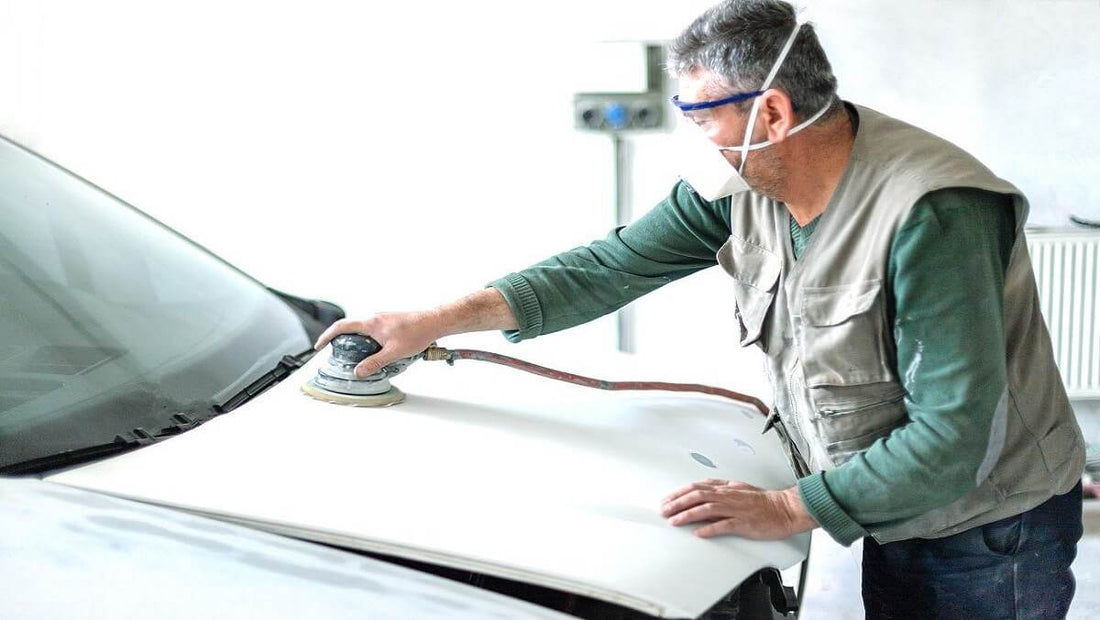
How to Properly Use an Orbital Sander for Car Repair: A Comprehensive Guide
Orbital sanders play a crucial role in car repair by aiding in the restoration of vehicle surfaces. Whether it's removing paint, smoothing out scratches, or prepping surfaces for repainting, orbital sanders provide a fast and efficient solution. Their ability to handle different materials and their ergonomic design make them indispensable tools in automotive workshops and body shops. With the right sanding techniques, orbital sanders help achieve smooth, professional finishes, enhancing the overall appearance and value of vehicles.
Types of Orbital Sanders
Electric Orbital Sanders

Electric orbital sanders are the most commonly used type, powered by electricity from a wall outlet. They come in both corded and cordless varieties, offering different levels of portability and convenience. Corded electric sanders provide consistent power without the need for battery recharging, making them suitable for prolonged use in workshops. On the other hand, cordless electric sanders offer greater mobility and flexibility, ideal for jobs where access to power outlets may be limited. Whichever type you choose, make sure to select the appropriate sanding discs for your specific application.
Pneumatic Orbital Sanders
Pneumatic orbital sanders, also known as air sanders, are powered by compressed air supplied by an air compressor. They are commonly used in professional automotive workshops and body shops due to their high power-to-weight ratio and durability. Pneumatic sanders are lightweight, making them easy to maneuver, and they provide consistent power output without the risk of overheating. However, they require a continuous supply of compressed air and may not be as suitable for remote or mobile repair tasks.
Battery-Powered Orbital Sanders
Battery-powered orbital sanders offer the convenience of cordless operation with the portability of electric sanders. They are powered by rechargeable lithium-ion batteries, providing freedom of movement without the need for a constant power source. These sanders are popular among DIY enthusiasts and mobile repair professionals who need to work in locations where access to electricity is limited. However, battery-powered sanders may have limitations in terms of runtime and power compared to their corded counterparts, requiring occasional battery swaps or recharges during extended use.
Features to Consider When Choosing an Orbital Sander for Car Repair
Power Source
The power source of an orbital sander is a critical consideration when selecting one for car repair tasks. Electric orbital sanders, whether corded or cordless, provide consistent power output, ensuring efficient material removal. Corded models offer uninterrupted operation but may limit mobility, while cordless versions offer greater portability but may require battery recharging. Pneumatic orbital sanders, powered by compressed air, are lightweight and durable, making them suitable for professional automotive workshops.
Speed Control
Opting for an orbital sander with variable speed control is essential for car repair applications. Different materials and surfaces may require varying sanding speeds for optimal results. Having the ability to adjust the sanding speed allows for greater precision and control, minimizing the risk of damage to delicate car surfaces and ensuring a smooth finish.
Dust Collection System
A reliable dust collection system is indispensable for maintaining a clean and safe working environment during car repair tasks. Look for orbital sanders equipped with effective dust collection mechanisms, such as dust bags, vacuum attachments, or integrated dust ports, along with dust-free sanding discs. Efficient dust extraction not only improves visibility but also reduces airborne dust particles, protecting both the user and the surrounding area from potential health hazards.
Ergonomics and Comfort
Comfortable handling and ergonomic design are essential features to consider, especially during prolonged car repair sessions. Choose an orbital sander with a comfortable grip, balanced weight distribution, and minimal vibration to reduce user fatigue and increase productivity. Ergonomically designed sanders allow for better control and maneuverability, resulting in smoother and more precise sanding results.
Variable Orbit Diameter
The ability to adjust the orbit diameter of the sander is advantageous for car repair tasks that require different levels of material removal. A larger orbit diameter provides more aggressive sanding action, making it suitable for removing paint, rust, or surface imperfections. Conversely, a smaller orbit diameter delivers finer finishes, ideal for polishing and smoothing car surfaces. Selecting an orbital sander with variable orbit diameter capabilities enhances versatility and allows for greater customization according to specific repair needs.
Benefits of Using an Orbital Sander in Car Repair
Time Efficiency
Orbital sanders offer significant time savings in car repair tasks compared to traditional hand sanding methods. Their high-speed sanding action allows for quick and efficient material removal, reducing the overall time required to prepare surfaces for painting, smoothing out imperfections, or removing old paint layers. This time efficiency translates to increased productivity, enabling automotive professionals to complete repair jobs faster and more effectively.
Smooth Finish
The primary advantage of employing an orbital sander in car repair lies in its capacity to deliver a smooth and even finish on car surfaces. The orbital motion of the sander, coupled with the rotational movement of the sanding pad, guarantees uniform sanding across the entire surface, reducing swirl marks, scratches, and uneven areas. This culminates in a professional-grade finish that elevates the vehicle's appearance and value.
Versatility
Orbital sanders prove to be versatile tools capable of handling a multitude of car repair tasks, spanning from paint removal and surface smoothing to polishing and buffing. They excel in sanding various automotive materials like metal, plastic, fiberglass, and composites. With the appropriate sanding discs and techniques, orbital sanders effortlessly tackle diverse repair jobs, rendering them indispensable in automotive workshops and body shops.
Cost Savings
Using an orbital sander in car repair can lead to significant cost savings over time. By streamlining the repair process and reducing the time required for labor-intensive tasks, orbital sanders help automotive professionals complete jobs more efficiently, minimizing labor costs. Additionally, achieving high-quality results with an orbital sander reduces the need for expensive rework or touch-ups, saving money on materials and resources. Furthermore, orbital sanders are durable and long-lasting tools that require minimal maintenance, offering excellent value for money in the long run.
Common Mistakes to Avoid When Using an Orbital Sander for Car Repair

Applying Excessive Pressure
To achieve flawless results when using an orbital sander for car repair, it's crucial to avoid exerting excessive pressure on the surface being sanded. Too much force can result in irregular sanding, unsightly gouges, or even harm to the car's bodywork or paint job. Instead, harness the natural weight of the sander and the motion of the sanding pad to your advantage. Apply a gentle and steady pressure, allowing the sander to effortlessly glide over the surface, ensuring optimal outcomes without any risk of damage.
Neglecting to Change Sandpaper Grits
Another critical mistake to steer clear of during the car repair process is neglecting to change sandpaper grits. Each stage, whether it's removing paint, smoothing surfaces, or polishing, demands specific levels of abrasiveness provided by different grit sizes. Sticking to one grit throughout can lead to ineffective sanding and may fall short of achieving the desired finish. Ensure a smoother and more professional outcome by transitioning to finer grits as you advance through the repair process.
Skipping Grits
Neglecting to transition between grits during the sanding process is a common oversight that can compromise the quality of car finishing. Each grit size serves a specific purpose in smoothing the surface and preparing it for the next stage of repair. Skipping grits can lead to uneven surfaces, visible scratches, or difficulty in achieving a smooth finish. Follow the proper sequence of grits, starting from coarse to fine, to ensure thorough and effective sanding results.
Ignoring Safety Gear
Overlooking the necessity of proper safety gear poses a significant risk during car preparation with an orbital sander. It's imperative to always don appropriate safety equipment, such as safety goggles to shield your eyes from flying debris, a dust mask or respirator to prevent inhaling harmful particles, and ear protection to mitigate potential hearing damage due to the sander's noise. Prioritizing safety not only ensures a successful car repair process but also minimizes the potential risks to your health and well-being.
Factors to Consider When Choosing Sandpaper for An Orbital Sander
- Hook and Loop vs. Adhesive Backing: Consider whether you prefer sandpaper with a hook and loop (Velcro) backing or adhesive backing. Hook and loop sandpaper allows for quick and easy attachment and removal from the sander's sanding pad, while adhesive-backed sandpaper provides a secure grip but may require more effort to replace.
- Dust Management: Look for sandpaper with a dust-repellent coating or holes for efficient dust extraction. Effective dust management helps keep the work area clean, improves visibility, and prolongs the lifespan of the sandpaper.
- Durability and Longevity: Choose high-quality sandpaper that offers durability and long-lasting performance. While premium sandpaper may be more expensive upfront, it can outlast cheaper alternatives and provide better results, ultimately saving time and money in the long run.
Conclusion
In conclusion, choosing the right orbital sander and sandpaper is essential for successful car repair projects. Consider factors such as power source, speed control, dust collection, ergonomics, and variable orbit diameter when selecting an orbital sander. Additionally, prioritize grit size, material compatibility, backing material, and dust management when choosing sandpaper. By making informed choices, you can maximize efficiency, achieve smooth finishes, enhance versatility, and save costs in your car repair endeavors.
Buy Factory-Direct Fastplus Abrasives
Want to purchase high-quality, factory-direct sanding discs, sanding sheet rolls, and film abrasive discs for automotive applications? Try Fastplus Abrasives today and place your orders online!
